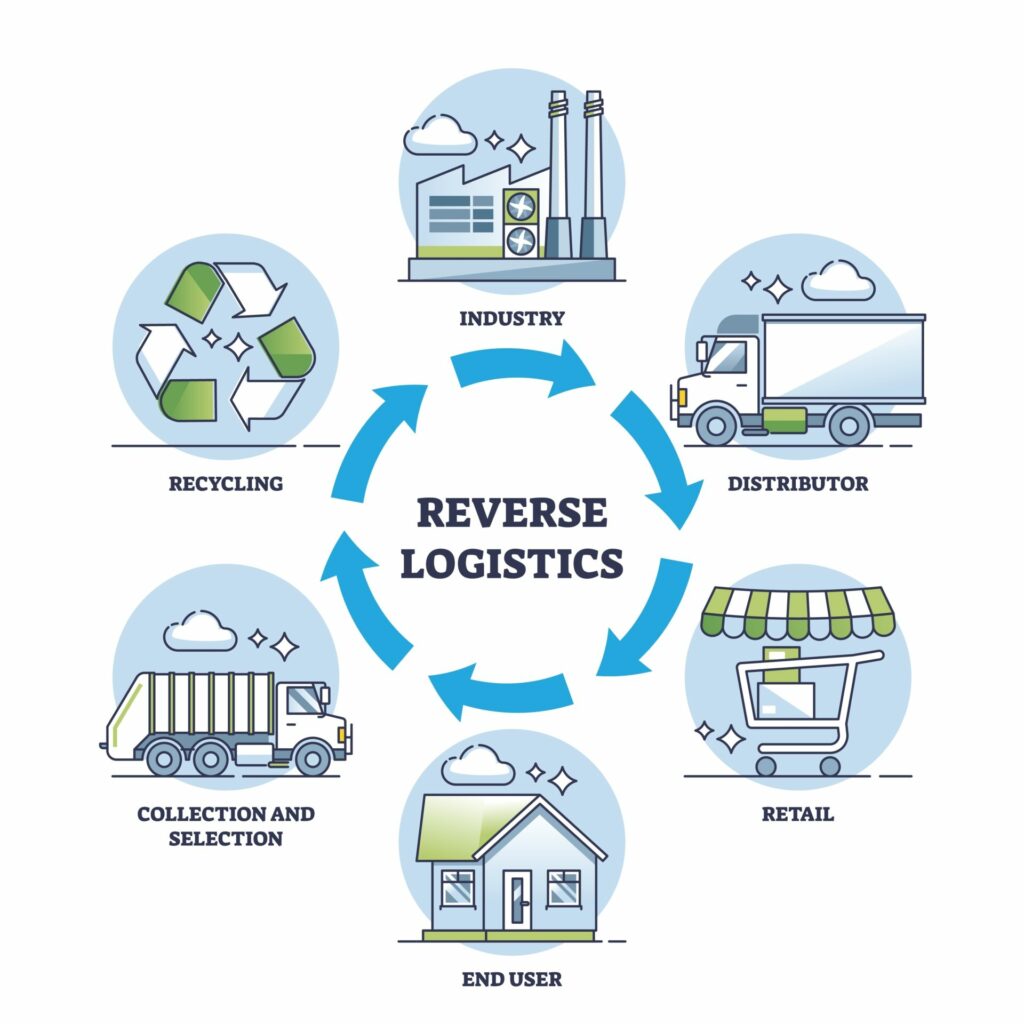In today’s digitally focused world, content is everything.
It’s what consumers are always looking for, and what digitally native brands can’t create enough of.
Think about the last time you started eyeing up a brand with interest in purchasing one of their products.
What did you do?
You likely began by searching for your desired product via a search engine like Google or a social media platform like Facebook or Instagram.
And from there? You began exploring content.
Did you know that just under 50% of online shoppers view 3 to 5 pieces of content before engaging further in the sales journey?
Content is a sort of gatekeeper among online merchants. It allows consumers to interact with brands and learn more in their own time so that if or when they decide to purchase, they’ve acquired a wealth of knowledge and confidence from their relationship with the brand.
So, what does this mean for ecommerce brands?
One thing’s for certain – it’s high time to start exploring how you can make your content work for you by developing a content marketing strategy.
What is content marketing?
Content marketing is everywhere. In fact, you’ve probably come across some sort of content marketing in the past 24 hours.
Simply put, it’s the process of brands publishing content across various channels in order to build interest in their products or services.
But there’s a little something extra that goes into it!
The purpose of content marketing is to reach specific target audiences to increase brand awareness, engagement, sales, and loyalty. It’s a wonderful, organic way to generate leads and acquire new customers, all while establishing credibility and positioning your brand as a leader.
Think of it this way – if you’re selling yoga equipment, why not have a how-to blog on using that equipment? This type of content will attract customers who are already interested in what you have to offer, as well as offering a higher level of value to customers who purchase your product.
They’ll get to learn more about your brand, and they may even pick up a few new tips along the way.
Ultimately, the more engaging and relevant your content is to a customer, the easier it is for the customer to differentiate your brand from others.
Alo Yoga has a great content marketing strategy, not only for their yoga gear, but also for their online class subscription. They engage with their prospective customers based on what they’re looking for – yoga-related questions, free classes, and more.


Why is content marketing beneficial for ecommerce brands?
One of the most beneficial aspects of content marketing is that it allows you to engage with online shoppers who are already interested in your product.
Whether consumers are Googling a certain product or scanning social media for ideas, if a prospect come across your content, it immediately puts you into the lineup.
Since they are hoping to come across a brand that piques their interest, there’s less chance of the frustration that occurs with sponsored posts or ad overload.
In addition to attracting the type of customers who are most likely to interact, explore, and purchase from your brand, content marketing has the potential to increase your brand awareness, improve your search engine optimization (SEO) performance, and help you stand out from the crowd at every stage of the purchasing journey.
How to develop a content marketing strategy
While your content marketing should constantly be developed and re-visited as your brand grows, there are a few things to help you get started:
First, identify your audience.
Who is buying your product? What are they looking for? What might they be searching online? What do they need?
Diving into the data is always a great place to start, especially in the beginning. If you find that your customers are mostly within a younger age range, your content is going to look quite different than a brand who is engaging with an older audience.

You can see below how Forever 21’s articles and brand voice differs in comparison to Chico, likely due to the age gap in their target audiences:


Next, develop evergreen content.
Evergreen content is content that stays relevant to your brand long after it is published. It includes topics that will continue to drive traffic in the future, growing over time.
Examples of this type of content include listicles, how-to articles, industry insights or advice, frequently asked questions, and more.
With 40% of online shoppers using search engines to find products, having evergreen content that targets specific keywords will help get your brand closer to the top of the search results while expanding your overall reach.

Lastly, remember to have a purpose when creating your content.
Content with a purpose is more meaningful, leaving a greater impact on potential customers and encouraging them to engage with (and ultimately purchase from) your brand.
Think about the different content streams you’d like to include within your marketing strategy, and the purpose each serves.
If you want to begin posting more on your YouTube channel, you’ll need to figure out the why.
What are your customers searching for in video content form, and why? Having this insight will allow you to develop a clear purpose for your content, making it easier to continuously create.
Finally, whether you’re working on a case study, a social post, or a blog, think about creating a narrative for your content. Did you know it’s proven our brains engage on a deeper level when there’s a story involved?
What story do you want your brand to tell?




